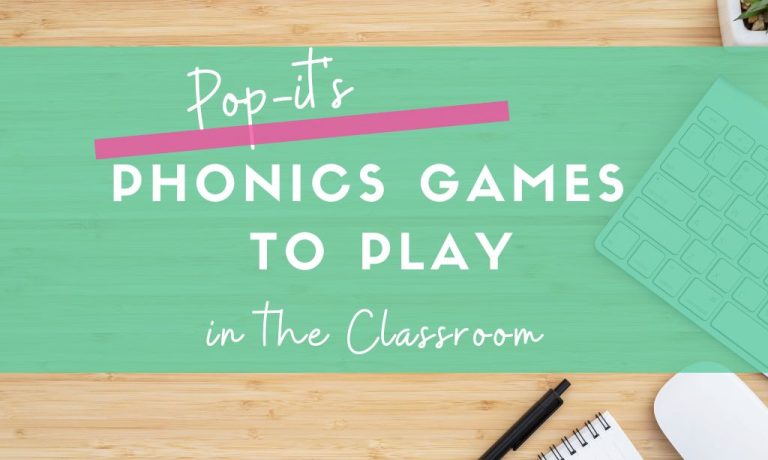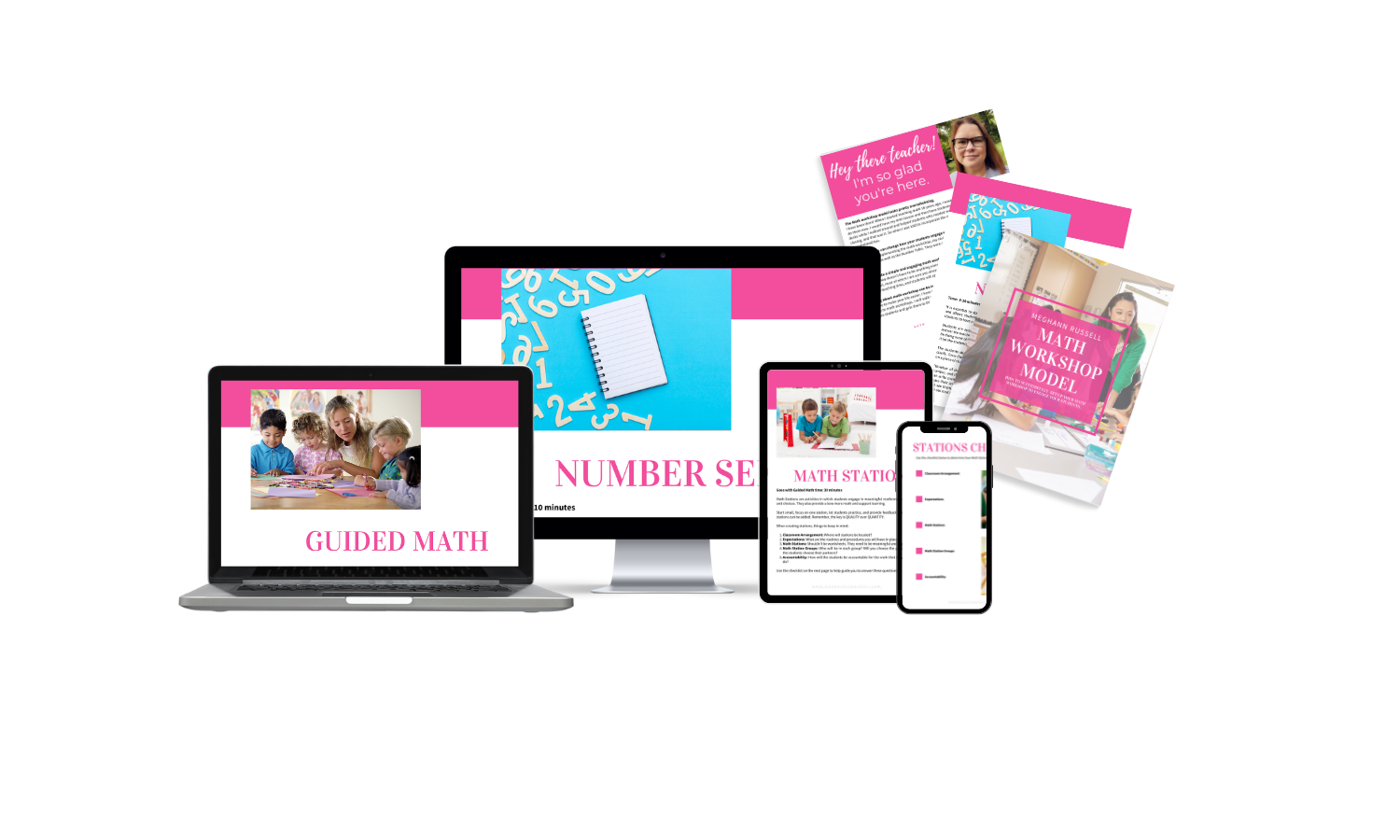I have been using Pop-its in my math centers and guided math groups for over a year now, and I love it! So this year, when we moved to Phonics First, I wanted to ensure that I was incorporating the pop-its during my guided reading groups and my phonics stations. So I looked around to find activities that would work in my classroom to set my students up for success regarding phonics.
So in this blog post, I will share with you three ideas I use in my guided reading groups and phonics stations that use Pop-its and that my students find engaging!
What Are Pop-its?
Pop-its or Bubble Poppers can come in many shapes or sizes but consist of bubbles in many rows. You simply press the bubbles down, making a slight popping sound. Once you have popped all the bubbles, you can flip them over and start again. Pop-its were initially created as a fidget to relieve stress. Students (or anyone for that matter) can simply pop down the bubbles with their fingers to make a pattern or not. The best part about the Bubble Poppers is that they are compact, portable, and washable, a bonus in this day and age!
Phonics vs. Phonemic Awareness
First, what is the difference between Phonics and Phonemic Awareness? Well, let me walk you through the difference!
Phonemic Awareness is the understanding that spoken words are made of different sounds. This focuses more on the hearing and speaking part of language development. This is the first step in teaching students sounds to students.
Phonics is the second step, focusing on the relationship between letters and sounds. This teaches students sound-spelling relationships, which students use to help decode words.
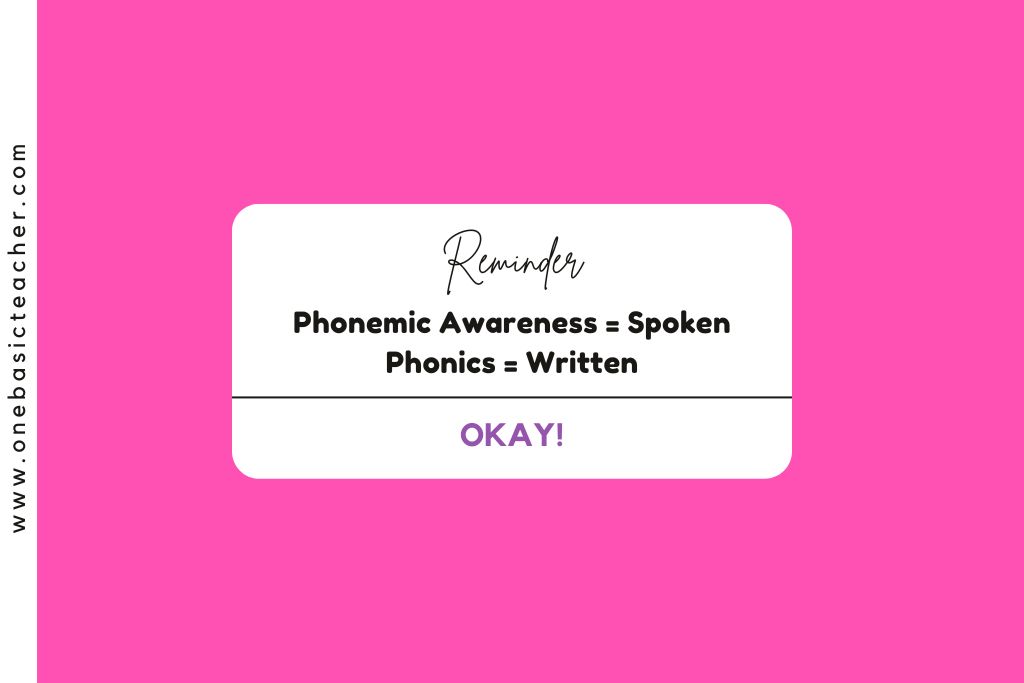
In short:
Phonemic Awareness = is spoken and focuses on hearing and speaking
Phonics = is written and focuses on hearing, speaking, and seeing to decode unfamiliar words.
How Does Pop-it Help with Phonics?
Bubble poppers have been used a lot for math. However, Pop-its are a great tool to be used with phonics. Phonics can be made more about hands-on learning and making those visual connections to sounds, syllables, you name it! The more students “see” sounds or how syllables can be represented, the more successful students will be. Bubble Poppers allow students to quickly visualize concepts such as how many sounds a word has, how many syllables a comment has, etc. The more tools we can give students to understand sounds, the better! This is another excellent tool you can add to your arsenal for teaching phonics skills!
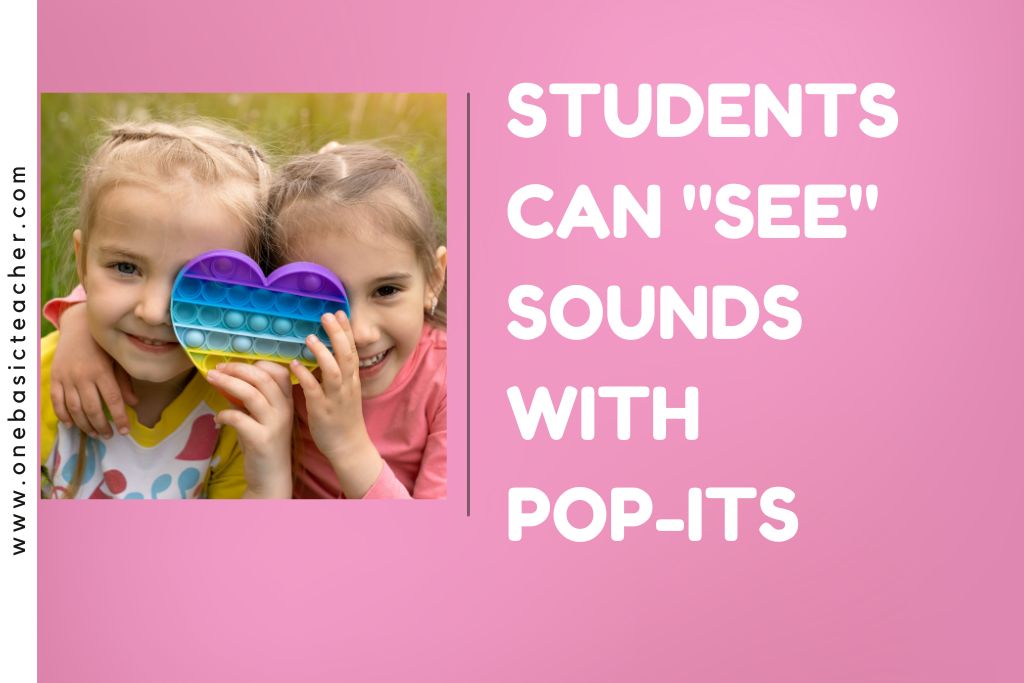
Pop-it Ideas for Phonics Games to Play in the Classroom
Pop–It Phonics Game for Segmenting Sounds
This game is perfect for segmenting sounds. All you will need are pictures or clip art of words you are currently working on (for example, CVC or blends and digraphs) and a pop-it of any size. Place the cards in the group’s center and give each student a pop. Students take turns drawing a card and segmenting the sounds with their pop-it. For example, if a student had a card with a picture of a cat, students would say the sounds c-a-t and pop a bubble for each sound (3). Then the next player would go. They would play until they had popped all of the bubbles on their board, and that person would be declared the winner. This is a fun small group game for guided reading or phonics centers.
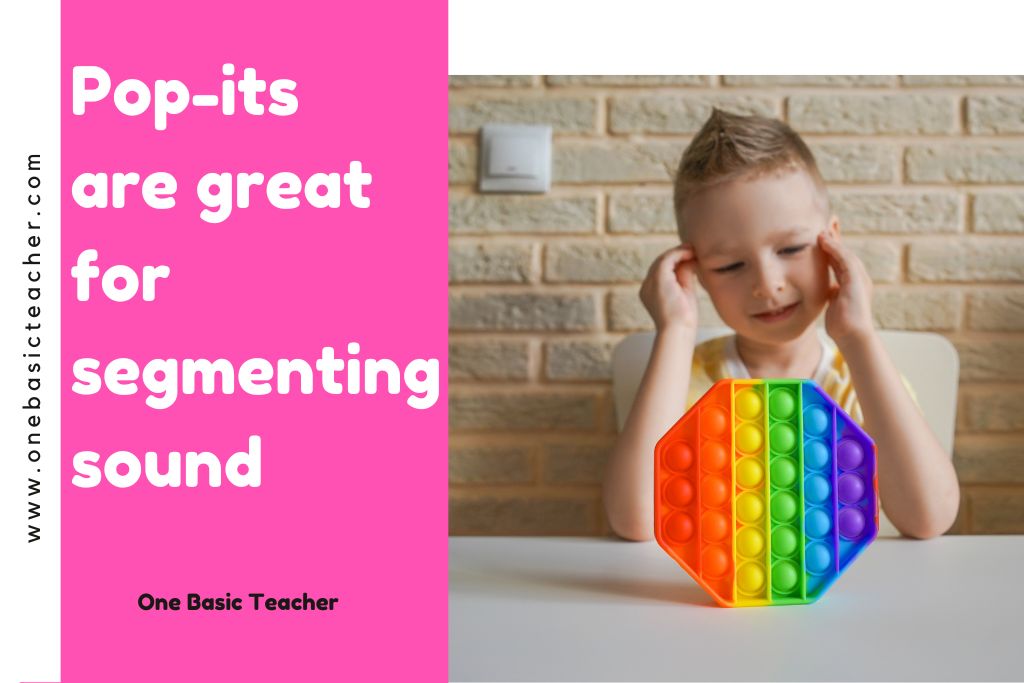
Pop-it Phonics Game for Syllables
This involves another pop it and pictures or word cards, a pop-it, and a die. Students look at the picture or word card and determine how many syllables the word has. If the student is correct, they take a die and roll it. Then they pop the number of bubbles. The first student to reach the end of the pop-it wins the game.
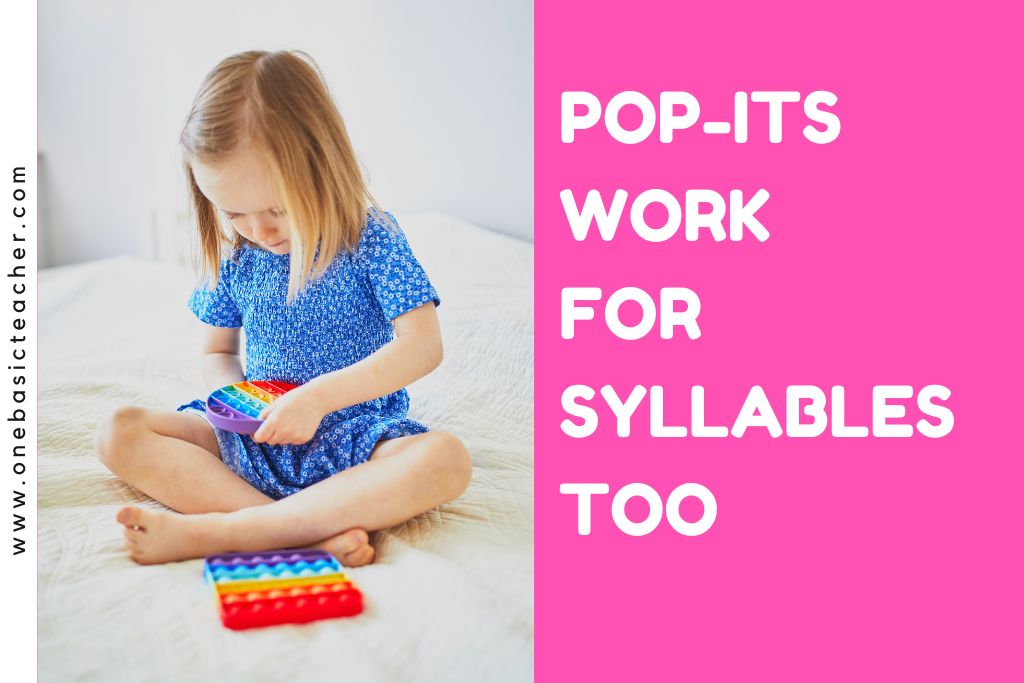
Pop-it Games for High-Frequency Words
This game requires High-frequency words written on a card, pop it, and a die. The first student reads the word to the second student. They get to roll the dice and pop the number of bubbles. This is a great way to practice those sight words.
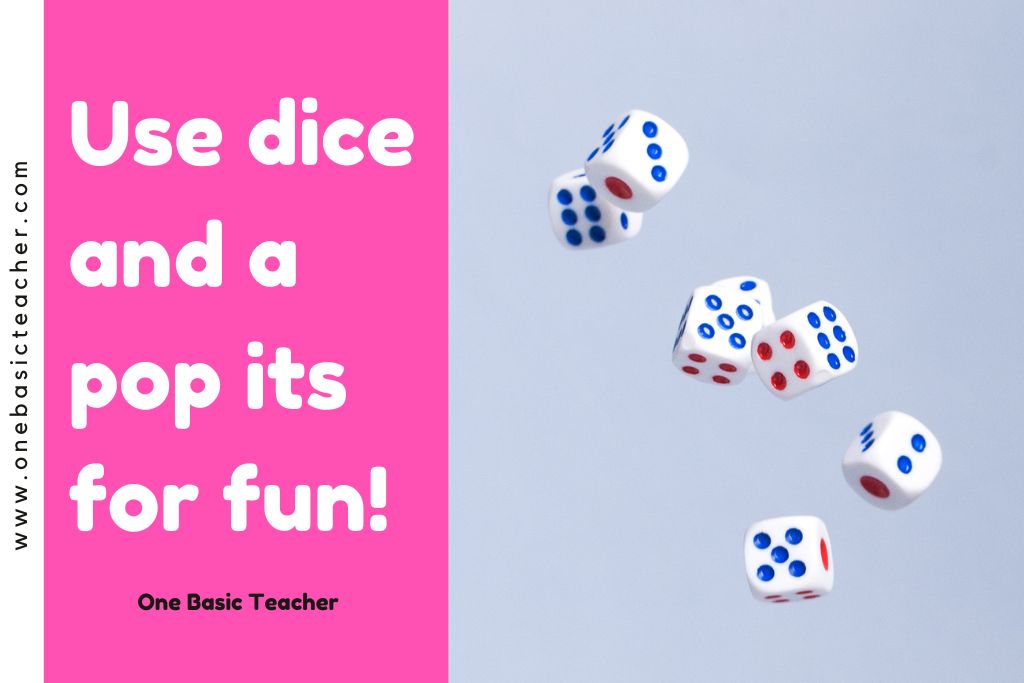
Pop-its are Fun and Engaging for Phonics Centers
Students need a visualization for sounds, and to do that, they need tools to help them strengthen their phonics skills. Bubble Poppers are the perfect tool to use for phonics activities. The more students “see” how many sounds are in a word, the more successful they will be. Pop-it’s allows students to visualize concepts, such as segmenting sounds and syllables. The more tools we can give students to understand sounds, the better! This is just another great tool that you can put in your arsenal for teaching literacy skills!
So comment below with your favorite Bubble Popper activity or if you tried something different and want to share, place that in the comments as well!

YouTube Video
8 Phonics Stations You Can Use
Related Articles
5 Fun and Engaging Phonics Activities for CVC Words
Products
No Prep CVC Short Vowel Centers
Brain Break with Short Vowels Kindergarten and First Grade

